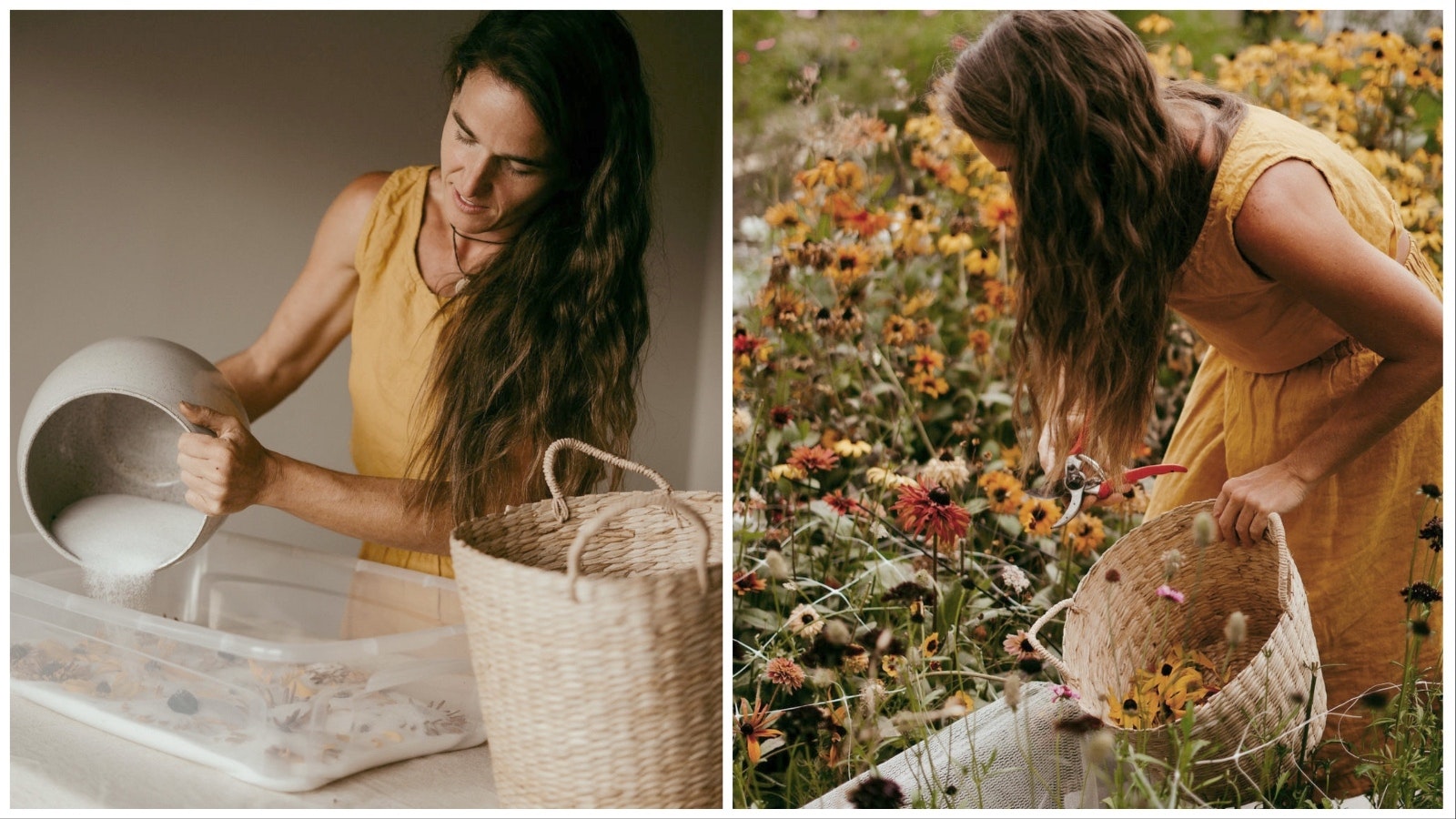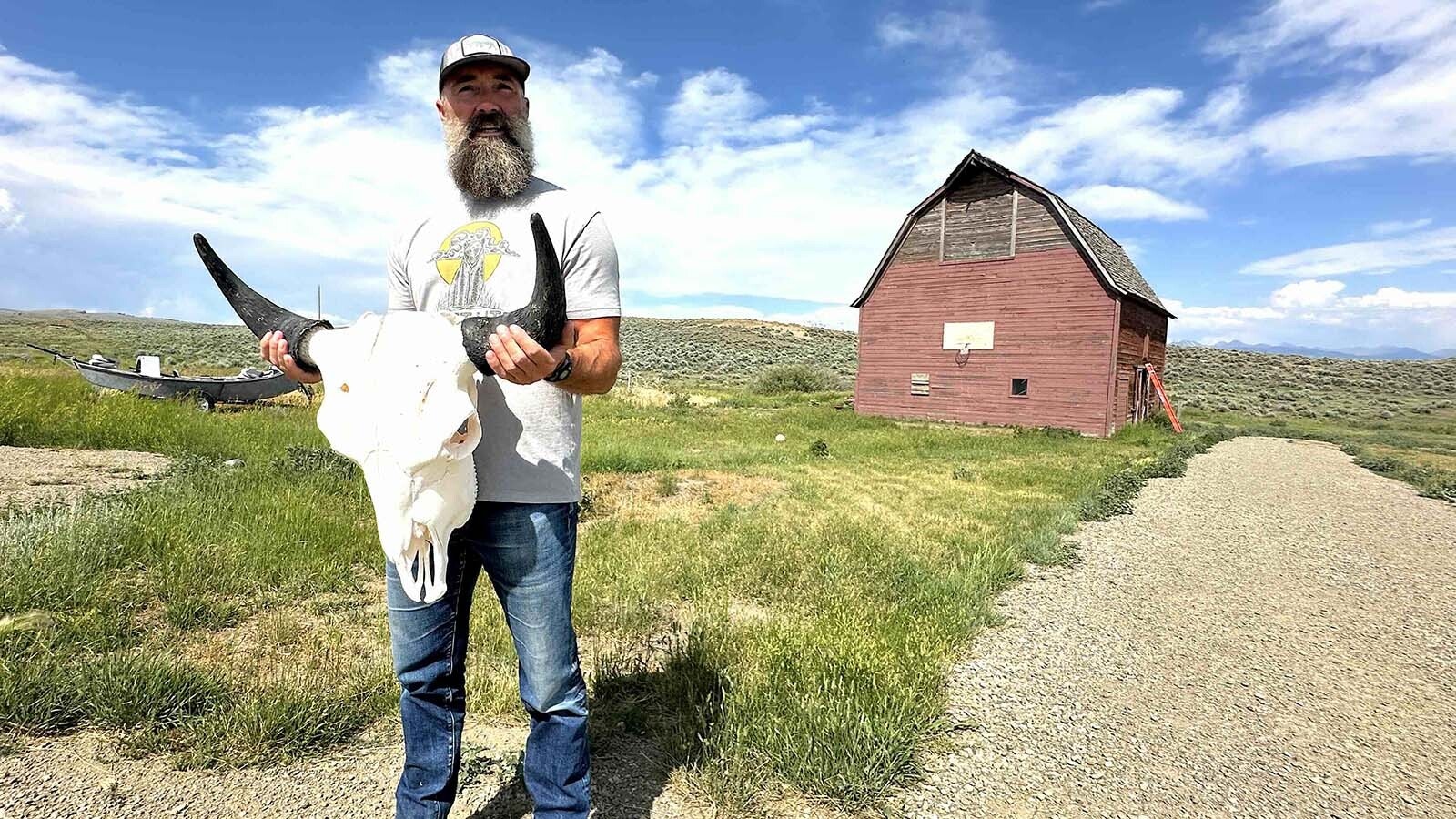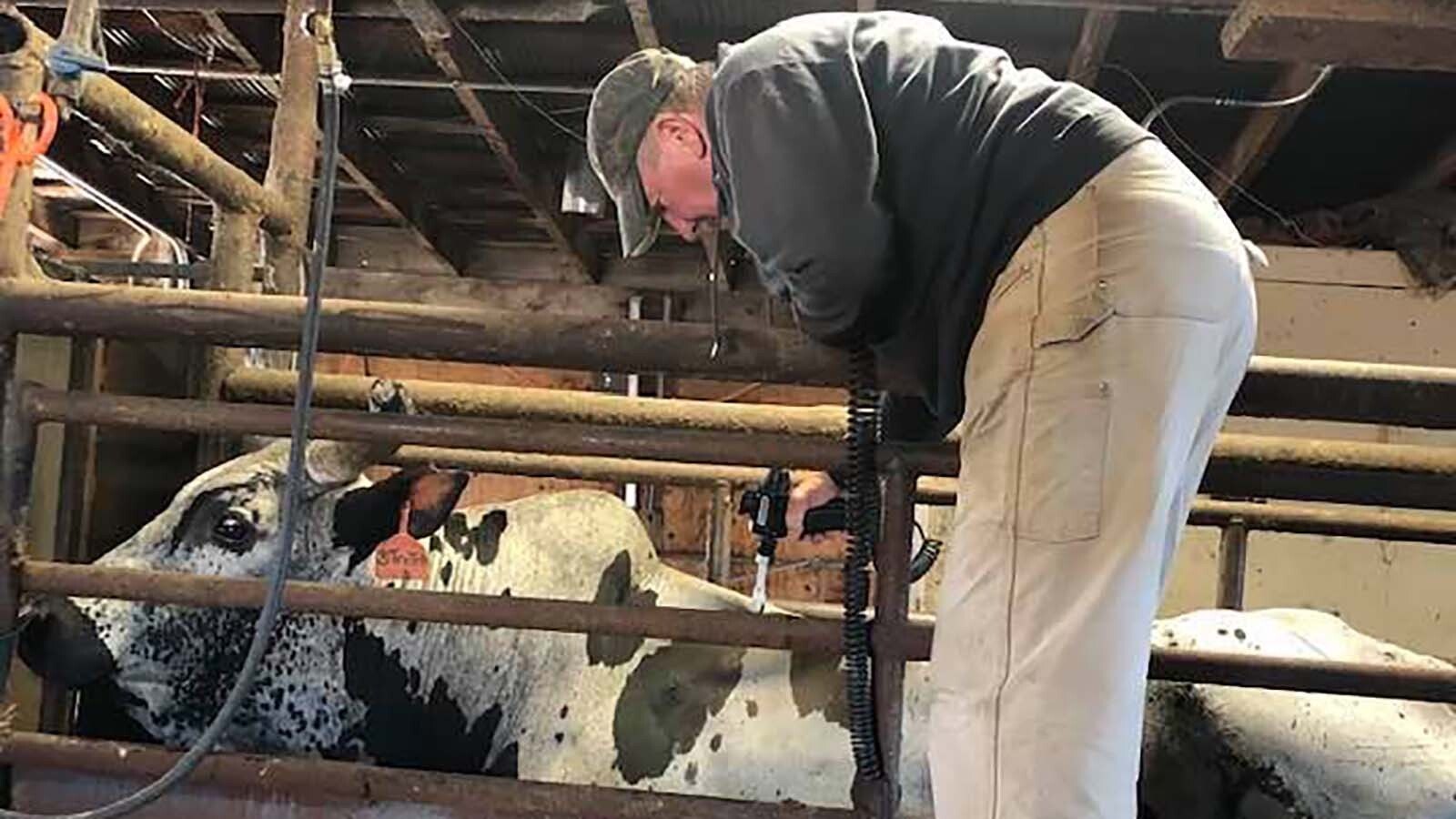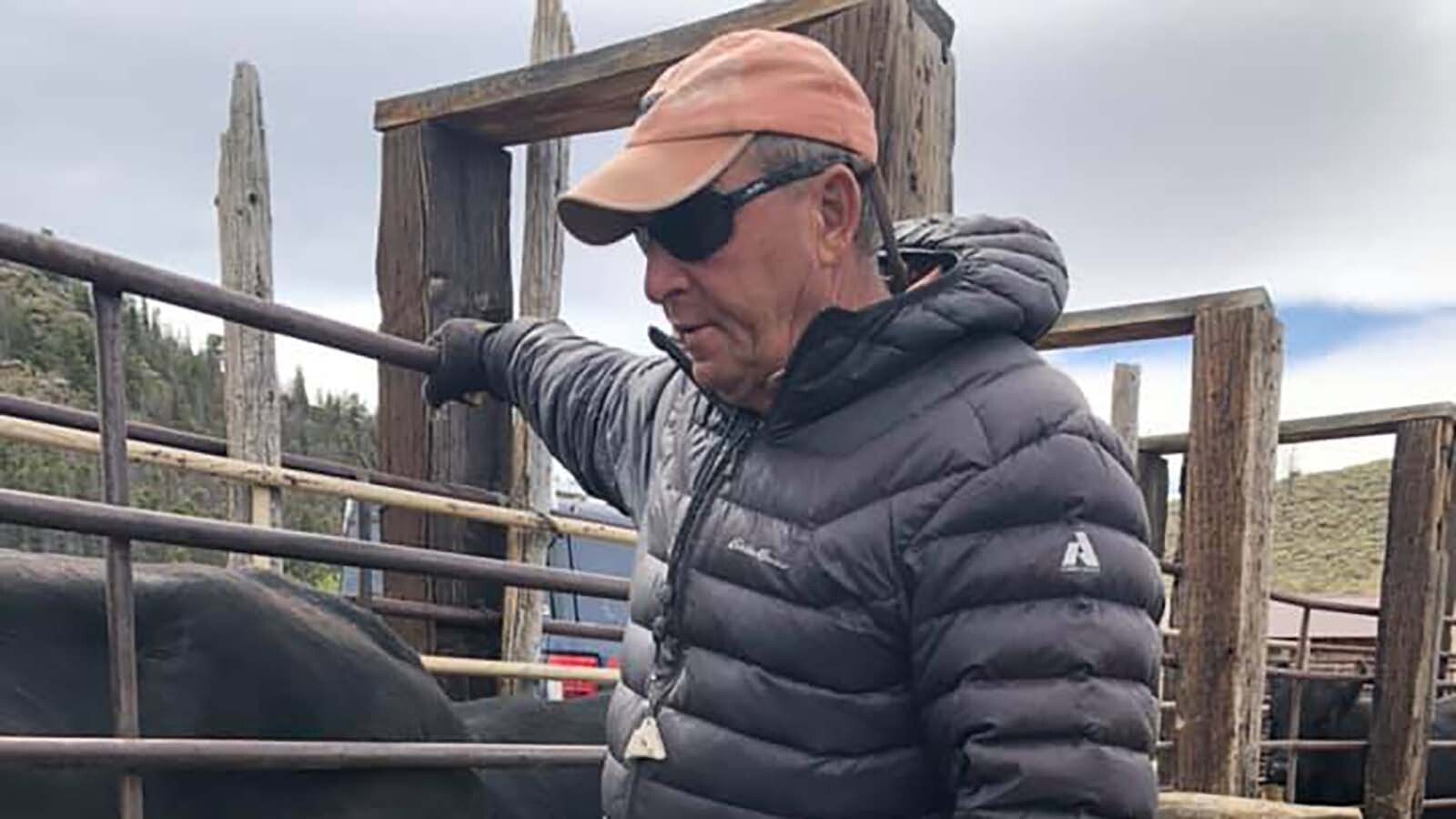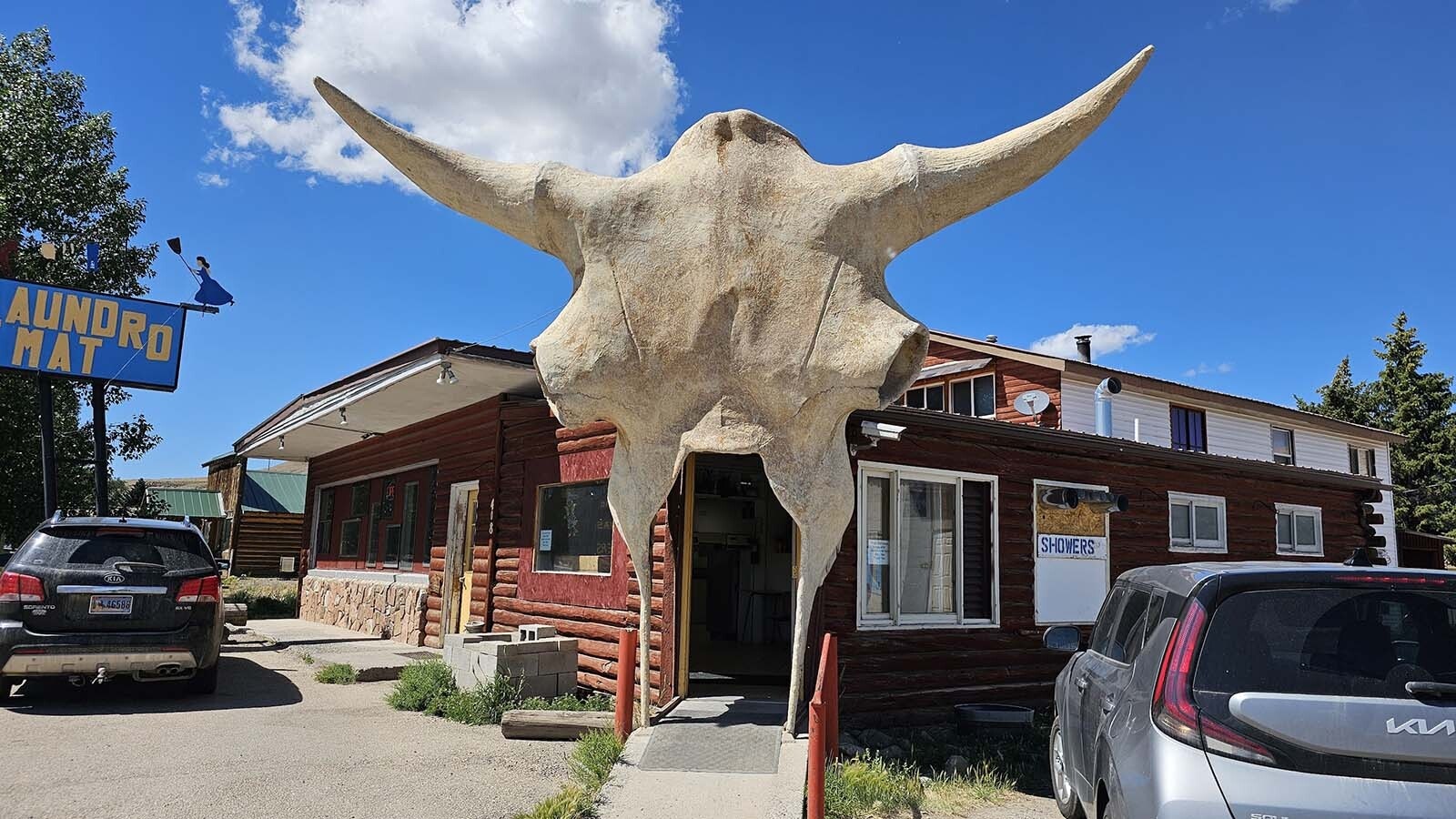Mass production has limited the choices most florists have to just the flowers that can withstand extended refrigeration and shipping distances of up to 4,000 miles.
We love and know them well. Roses. Carnations. White gerbera daisies and lilies.
But florists have grown a little tired of the same-old, same-old choices, as have consumers, and some have begun to question the idea of importing refrigerated flowers from thousands of miles away.
Enter the slow flower movement. Like slow foods, it encourages consumers to choose local products so that local people work.
Florists, though, have also become interested in growing some of their own products so they can offer custom options that are unlike anything consumers can buy elsewhere. Dinner-plate-sized dahlias, for example, have a wow factor like nothing else. Rambling ranunculus and pretty anemones in custom bouquets offer something beautiful and unique.
Kat Vonz, of Cheyenne, is among this new crop of slow flower florists.
She is growing upward of 10,000 flowers annually in less than 3,000 square feet on an urban lot in Cheyenne.
She likes slow flowers not just for the unique design opportunities. She feels they are healthier, too.
“When flowers are shipped in from out of the country to keep pests and things away from our crops here, they’re sprayed,” she told Cowboy State Daily. “The sprays and the chemicals that they use in other countries, a lot of the times they aren’t approved by the USDA here.
“And that comes in on those flowers. If you’re working every day around flowers, you might come to realize some of that, because you have different reactions to things.”
Growing her own flowers allows her to avoid all that, and it opens up awesome new design options for her floral arrangements.
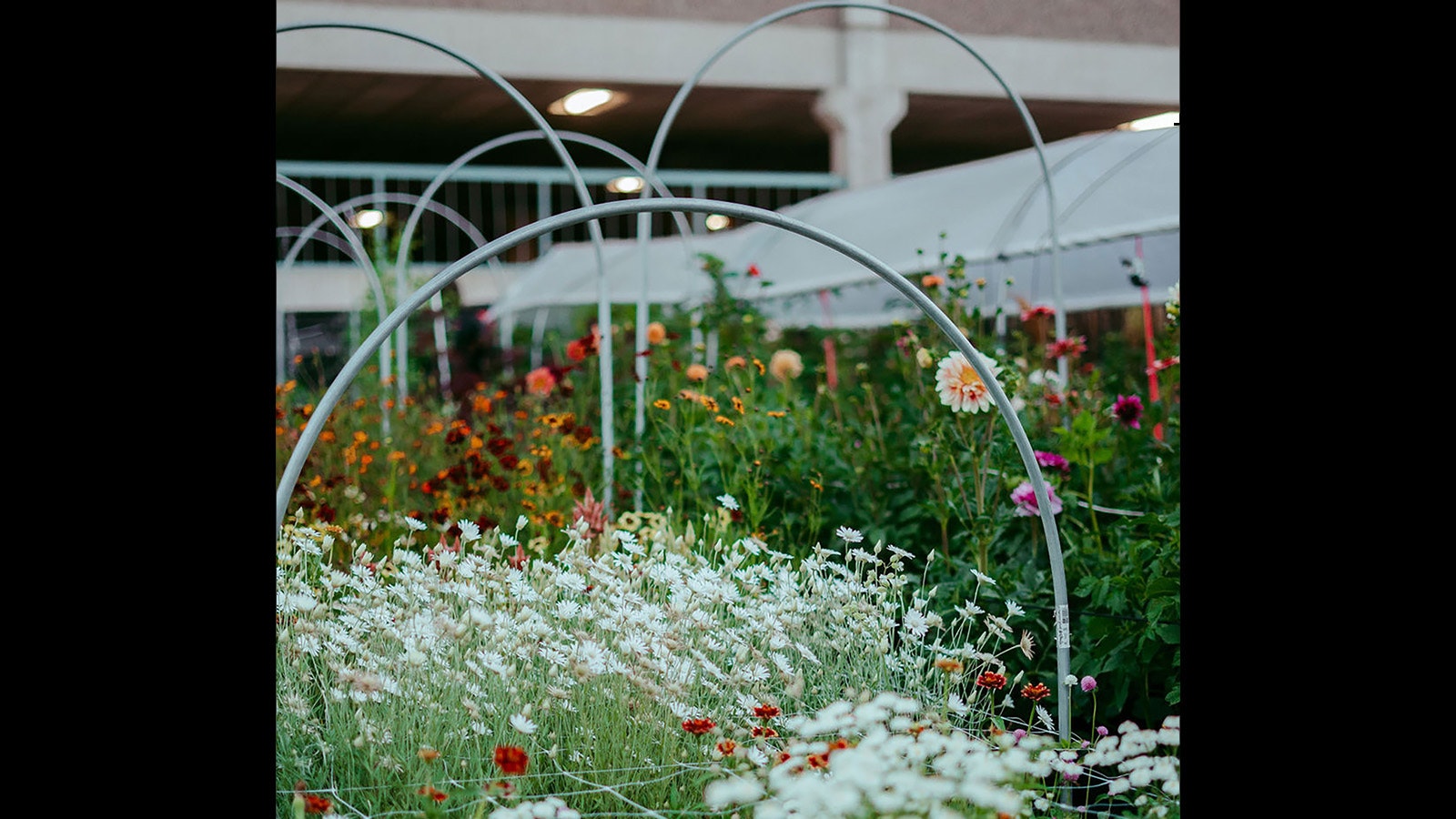
Why Wyoming
How a Nebraska floral designer landed in Wyoming is a bit of a wandering tale. She began working in construction in her home state, but that wasn’t the career for her.
She moved to California where she immersed herself in the floral industry. The Golden State happens to be one of few markets left in America with its own thriving local flower market.
“What I saw in design there was vastly different from what I saw in the Midwest,” Vonz told Cowboy State Daily. “And I came to realize the reason for that is they had local flowers. The economy there has always had local flowers. It’s just part of what the Bay Area has, and it was really reflected in the design work.”
The choices were exciting and interesting, and fueled Vonz’s interest in learning more.
Slow Flower Start
The slow flower movement was just getting started in 2014 when Vonz was in California.
Vonz first read about it in books by people like Deborah Prinzing’s “Slow Flowers” or Amy Stewart’s “Flower Confidential: The Good, the Bad, and the Beautiful.”
Like the slow food movement, the idea behind slow flowers encourages consumers to support local economies by consciously choosing domestic cut flowers.
About the same time Vonz was learning about slow flowers, though, the florists shop she was working in shut down.
Vonz took this as a sign. She needed to pursue work on a flower farm.
“I didn’t really know how to get into that,” she said. “But I ended up doing a workshop in the Skagit Valley with Florida Flowers. And I met a bunch of people who identified as farmer florists who grew and did design work.”
About that same time, she connected with two farmer florists in Ohio on Instagram who were looking for a summer intern.
“So, I did design work for them,” she said. “We did weddings on weekends and stuff, and then during the week I worked in the fields there, and that kind of opened my eyes to how flowers were grown and produced, and how to do it at a quality that is considered professional.”
Trying Her Own Farm
With that knowledge in hand, Vonz felt ready to try her own farm.
She moved back home to Nebraska for a couple of seasons, but there were still a few lessons for her, this time from Mother Nature.
“What I realized growing in Nebraska is that wind and tornadoes and things like that are really hard when you’re out in the open like that,” she said.
She moved back to California, thinking she was out of the flower farming business, but ended up renting a place with garden beds. That refueled her growing fever anew.
“I ended up renting community plots there, so I kind of got that feel for urban gardening, and that’s really influenced how much can be grown in small spaces,” she said.
Growing in town on such a small space transformed her vision of what might be possible for her slow flower ideas.
Meanwhile, she hoped to get closer to home and family. That’s how she landed in the Cowboy State, where she’s been growing local flowers on an urban lot the past three years.
“Nebraska is about five hours away and well, Wyoming was kind of like, I wanted to be closer to the mountains and to the Denver Airport,” she said. “I do some work where I have to travel, so I needed a little more convenient location as far as that goes. And Wyoming has a really good economy for business and things like that.”
Working With Wyoming’s Season
Growing in Wyoming can be interesting for a floral farmer to say the least, with its variable springs and high winds that can shred tender flowers, but Vonz has been able to plant cold hardy annuals as soon as mid-April.
“A lot of people think you can’t plant before June, but I actually plant all my cold hardy crops (in mid-April),” she told Cowboy State Daily. “I do cover them with, like, frost fabric and just use some like unheated methods to extend my season.”
That includes temporary low tunnels, which are constructed using hoops and heavy plastic, to protect the flowers from cold snaps and snowstorms.
Bed space on the 5,800-square-foot lot is just 2,492 feet, but she’s been able to easily get 900 plants in a 4-by-56-foot bed. Sometimes she can get 1,800 if she “doubles up,” just depending on the varieties involved.
“I’ll probably have, like, 10,000 plants on my property this year,” she said. “I think I’ll probably have about 200 dahlia plants this year. That’s a really small amount compared to a lot of growers, but those don’t do well in shipping.”
Dinner-plate-sized dahlias are particularly coveted for weddings and things like that, Vonz said, and they look impossibly amazing in a wedding arrangement.
“This will be my heaviest planting year,” Vonz added. “But I’m doing a lot of different projects. I also dry flowers, as well as (do) fresh design work. And I sell mixed bouquets.”
She hasn’t sold any flowers to local florists yet, but is thinking this year she might have enough to do just that.
As the business grows, she said she wants to one day expand and grow even more unique flowers down the line, such as native perennials.
She also hopes to eventually help start a local flower growing group in the Cowboy State.
“I’m definitely trying to start gathering a list of like growers in Wyoming,” she said. “Just trying to connect us all together for support and to pool resources or anything that might be helpful. I saw that in the Midwest and it was really helpful when you’re able to talk about, you know, your specific wind or pest issues with people who are closer to you.”
Renee Jean can be reached at: Renee@CowboyStateDaily.com

